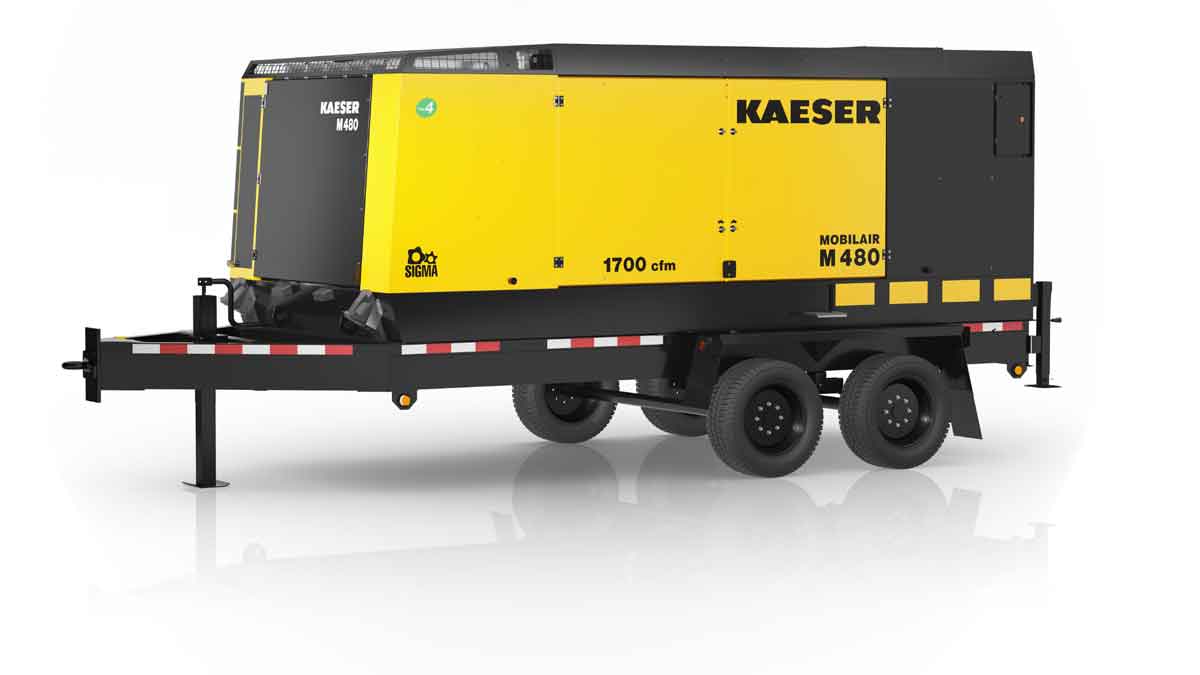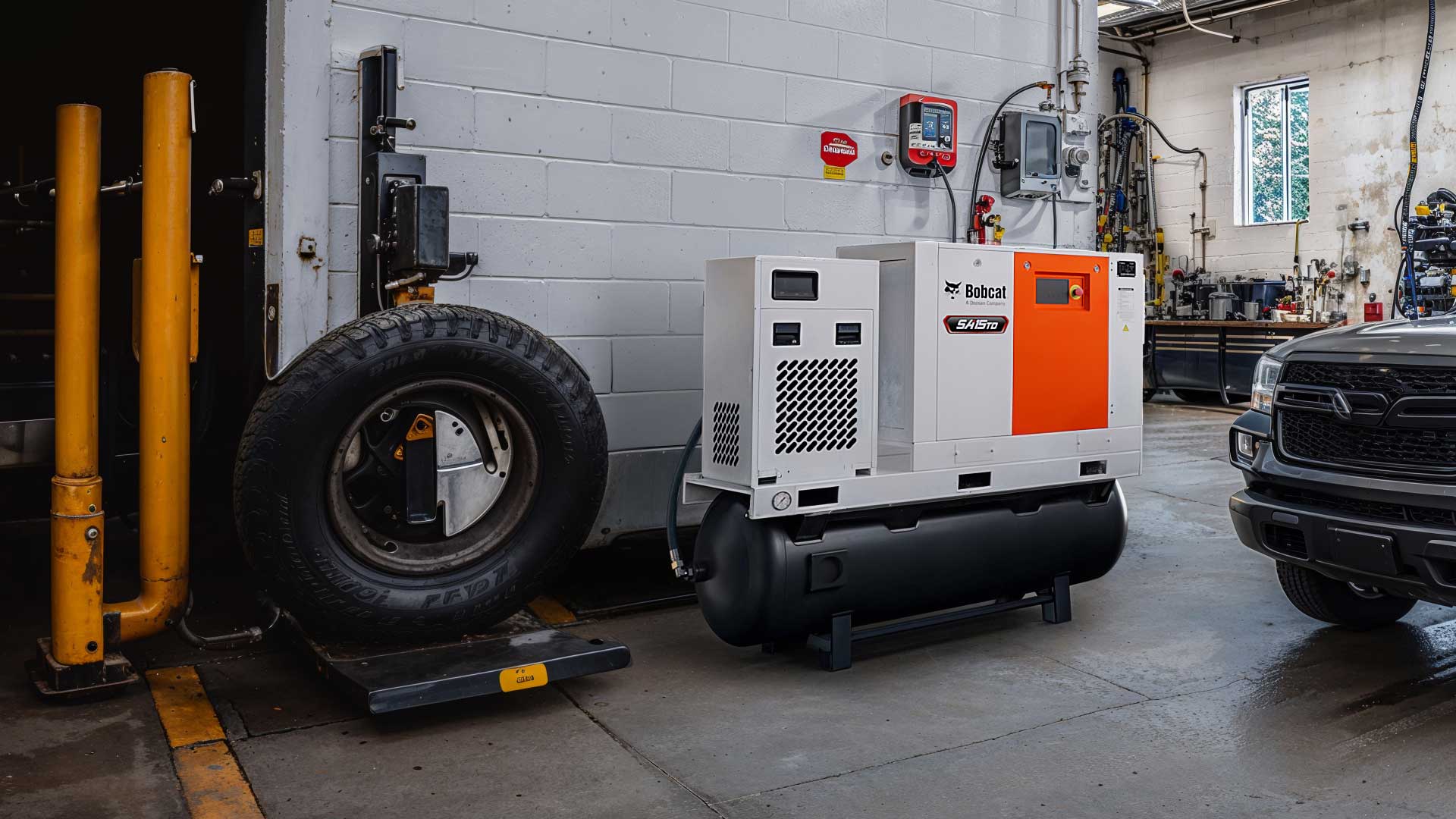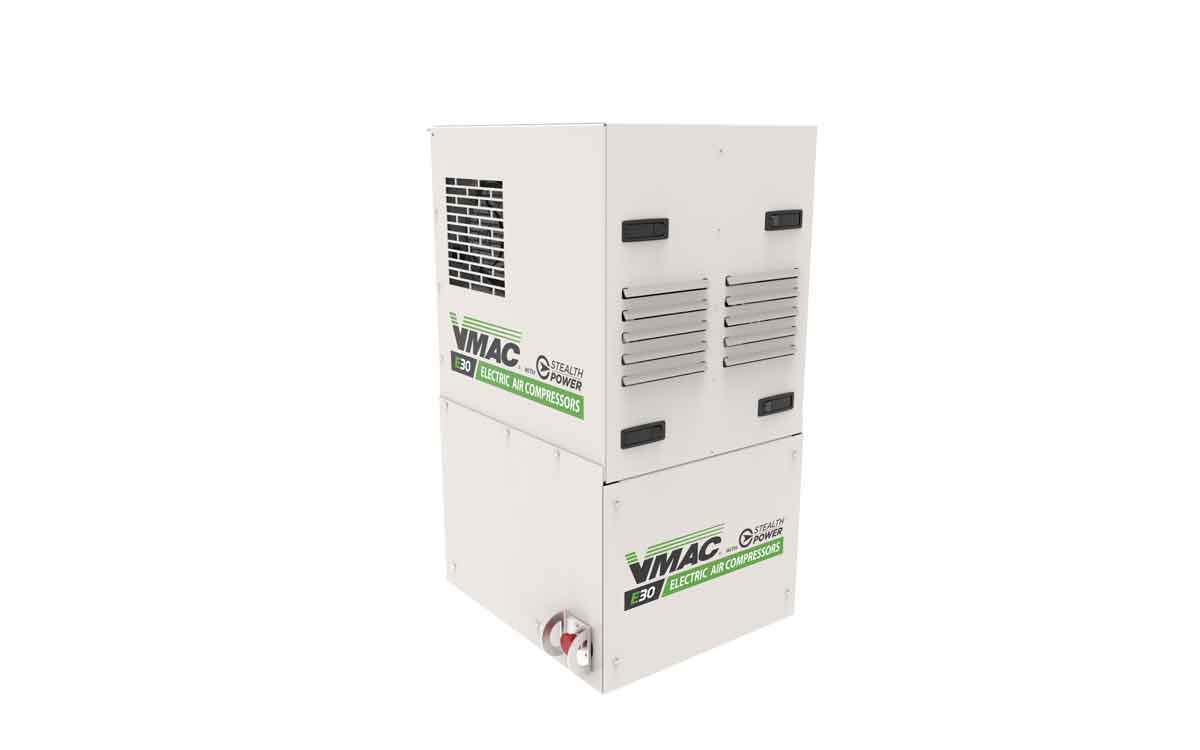Compressed Air Trends in 2024: Enhancing Reliability and Performance

As we approach 2024, the compressed air industry continues to evolve, introducing new technologies and capabilities that address the changing needs of customers. From sustainability and electrification to advanced customization and telematic controls, customers in the compressed air solutions market are seeking enhanced reliability and performance. After all, on a jobsite, the air compressor simply has to work, and it has to get the job done. Read on to see how advancements in compressed air are supporting and enhancing basic compressed air functionality in 2024 and beyond.
Safety First
Safety has always been a top priority in the construction industry, and 2024 is no exception. Job sites are increasingly adopting safety measures such as wearable monitors, safety huddles, safety audits and more to ensure workers’ well-being. Compressed air equipment manufacturers are also focusing on worker safety, which has the added benefit of improving reliability and performance. IoT-based monitoring systems are being implemented to prevent machine breakdowns by providing early warnings to operators that an issue may be brewing and when and what to address. This not only enhances productivity but also helps reduce the risk of accidents on work sites. Additionally, safety minded features are being integrated into compressor design, from user-friendly, curbside controls to optimized discharge placement, to doors and panels specifically designed not to slam shut.
Environment-Forward
Sustainability is on everyone’s mind lately, and rightfully so. With more and more companies and municipalities setting emissions targets, construction and rental companies need to align or be left behind. The big target everyone is talking about is 2030. President Biden recently announced the U.S. would cut emissions 50-52% below 2005 levels by 2030. This target aligns with the goals of the Paris Agreement and sets a bold standard for the rest of the world to strive to match.
On the construction site, sustainability means efficiency. Electric compressors have emerged as a key solution, offering both environmental benefits and improved performance. Today’s electric compressors deliver the same power as like-sized diesel compressors, with the added benefit of quieter operation and, generally, lower total cost of ownership. Electric compressors also offer greater flexibility, being suitable for indoor use or during off-hours. In terms of reliability, today’s (and tomorrow’s) electric compressors are designed to endure the harsh environments of many job sites, making them a great solution to reach those sustainability goals without sacrificing the core functions/needs of an air compressor of performance and reliability.
For remote jobsites with limited access to power sources, diesel compressors are still necessary. However, even in these scenarios, efficiency and sustainability can be achieved. Hybrid solutions combining electricity and diesel may be the future to help companies get the job done sustainably and effectively. Engine performance improvements are already being adopted to reduce particulate emissions (up to 25% in some cases), increase fuel efficiency, extend service intervals and extend run time – all of which will positively impact carbon emissions.
Moreover, IoT technology is evolving to monitor CO2 and noise emissions, helping companies track their carbon footprint and align their operations with sustainability goals, while also providing essential maintenance alerts and machine location data.
Function Over Form
When it comes to compressed air, functionality is paramount. It is crucial to select the right compressor for your specific job site and climate to ensure it delivers the air power you need. Compressed air solutions in 2024 will focus on flexibility to increase machine utility and streamline operations. For customers in colder climates, cold weather packages are essential to keep compressed air systems running efficiently in off-season job sites. These include start aids such as battery heaters, block heaters, and low-temperature engine oil allow compressors to function in temperatures as low as -20°F.
Common add-on options aren’t going away anytime soon. 50-ft or 100-ft hose and hose reels enhance the functionality of portable air compressors, assisting with work being performed away from the compressor. Other user-friendly add-ons for specific industry use include blast pots for sand blasting and nozzles for debris dispersal. A cautionary note to one trend we are seeing; customers seeking to save money are buying compressors that are too small for their usage needs and/or not suited for the environments these compressors are intended to work in. While it may be tempting to buy a lower horsepower or even less durable compressor to save a few dollars, can be costly in the end. If for example, a compressor is too small (not enough CFM), it will struggle to keep up with the workload, leaving you without the air power needed. It will also limit you on the number of tools that can be utilized by your workforce. Right-sizing compressed air equipment is as important as the added features for maximum functionality.
The compressed air industry is continuously evolving to meet the growing demand for reliability and performance in 2024. Safety, sustainability, and functionality are at the forefront of this evolution, with advanced technologies and customizations designed to support these fundamental customer needs. As we move forward, it’s essential for customers to work with knowledgeable sales professionals to ensure they choose the right compressed air solution for their specific requirements, thus ensuring that when they need compressed air power, they have it, and it works efficiently.




